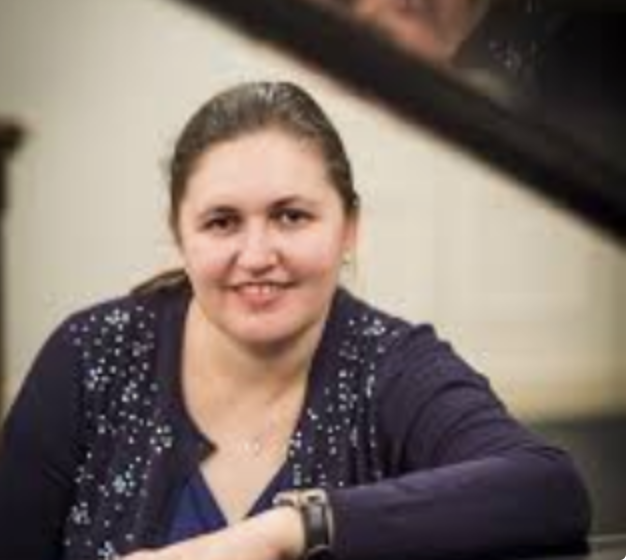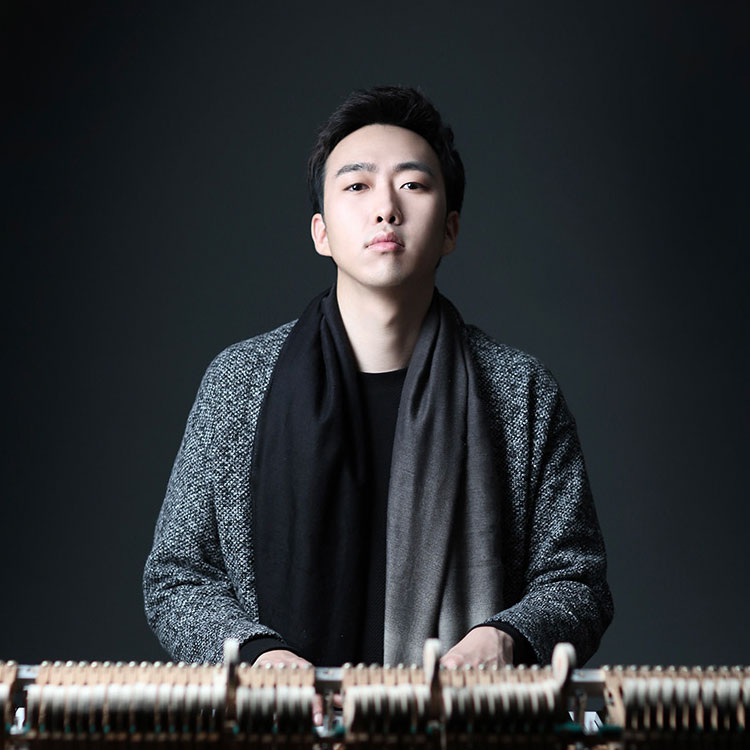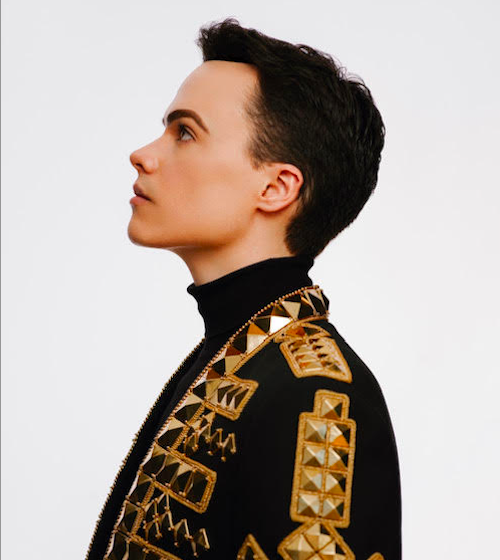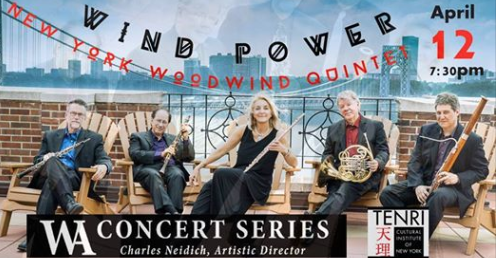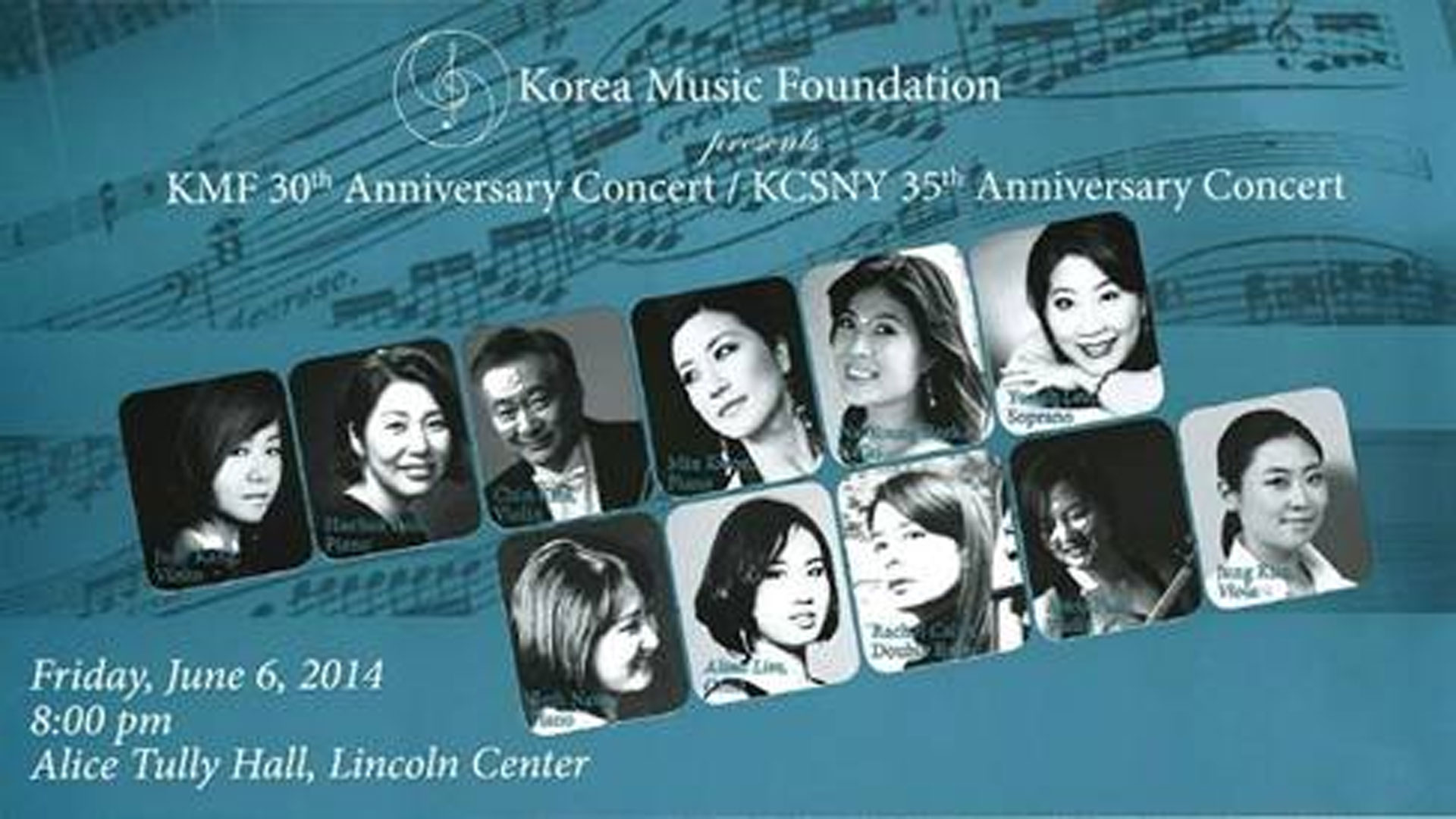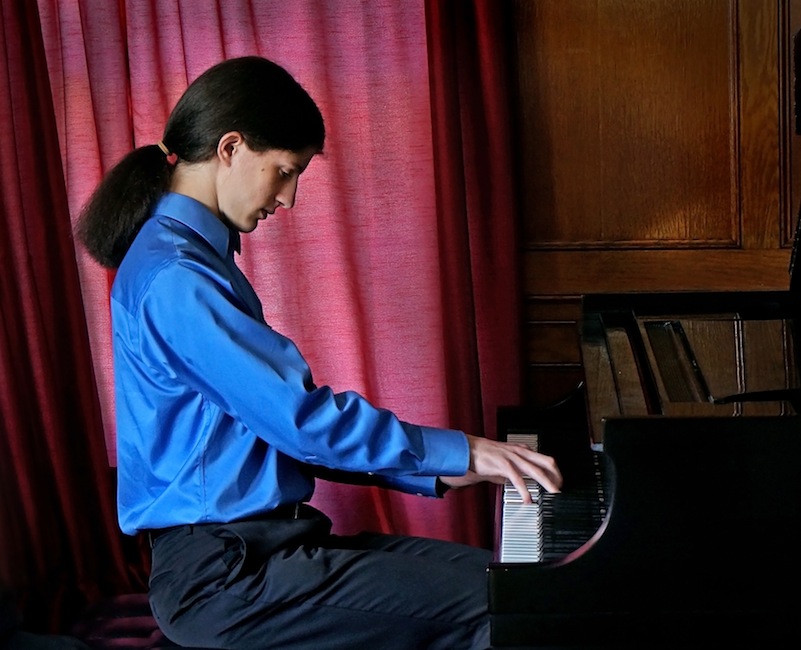“Waldeinsamkeit” (Forest Solitude)
Xiaofu Ju, piano
Judy and Arthur Zankel Hall at Carnegie Hall, New York, NY
May 19, 2024
Writers and composers have celebrated nature and its salubrious effects for many centuries, but the concept of the forest might seem out of keeping with the routine of a metropolitan-dwelling musician, who often spends six hours a day imbibing the solitude of four walls and a piano. To be clear, this recital was neither confined nor ordinary. Xiaofu Ju, a cosmopolitan prizewinner with a burgeoning career in China and across the globe, does not play like a hungry competitor; it took only a matter of seconds onstage for him to tap into the wellspring of his own poetry (of which he has published two volumes) and to find himself at one with space and time in the expansive Zankel Hall.
The theme of the evening (literally, Forest Aloneness) drew references to the German Romantic poets, the art songs of Brahms (In Waldeseinsamkeit, 1878), Richard Wagner (“Waldweben” from Siegfried, 1876), and the Transcendentalist Americans Henry David Thoreau (Walden, 1854) and Ralph Waldo Emerson (Waldeinsamkeit, 1858). Romantic or Post-romantic imagery, and miniatures in particular, provide the strongest lure to Mr. Ju and his artistry. He shines in the magic of the understated, pulling us into his psychological stillness. This would explain his affinity for Leoš Janáček and his choice of V mlhách (In the Mists) as a program opener.
The four Czech pieces from 1912 anticipate the aphoristic style and terse phrasing of Janáček’s operas, with more economy of means and a delicate translucence. Mr. Ju’s passion was controlled as he hovered over gently chiming octaves and repeated notes, abstaining from glamor or generic profundity. Although Janáček composed the set during a bleak period in his life, Mr. Ju’s performance of this and almost every other work on his program explored the more desirable spectrum of brightness and optimism.
His guarded energies continued to bloom ever so slowly in Schumann’s nine Waldszenen, Op. 82, as he focused on floating sound rather than on any emphatic pulsation. We heard few echoes of traditional Germanic motifs but, in their stead, a ghostly, chirping, nearly archless virtuosity marked by spontaneous and unbroken counterpoint. Schumann’s unstable frame of mind in 1848 was refashioned here in the hands and sensibility of a captive narrator, uncluttered by neurosis and basking in pristine reminiscence. Herberge (Wayside Inn, often translated as Shelter) plunged ahead with crisply dotted articulations, and Vogel als Prophet (Bird as Prophet) unfolded with wondrous pedals and streams of color. This poetic recitation suddenly brought to mind the Schumann of a promising young Yuri Egourov from ages past, but with a finer brush stroke.
The woodsy premise of the recital became merely a departure point for free association in the second half, as Mr. Ju transported us to Java with the 1907 Book Two of Claude Debussy’s Images. Cloches à travers les feuilles (Bells through the Leaves) might have been a religious vision, such was Mr. Ju’s hypnotic recreation of gamelan timbres which, if placed side by side with French percussion instruments, could have demoted the latter, in Debussy’s words, to “primitive noises at a country fair.” Et la lune descend sur le temple qui fut (And the Moon Descends on the Temple That Was) simmered in quiet ecstasy, bringing a palpable hush to Zankel Hall, and the line was finally let out for good in Poissons d’or (Fish of Gold), when Mr. Ju attained the summit of a near-disorienting, effervescent frenzy.
By the time we reached Liszt’s monumental Sonata in B minor, the forest was long gone and we were in the presence of a young man. Mr. Ju’s astonishing command of speed and superhuman discipline could make child’s play of double octaves or fugues, and his gossamer runs of spun silk could show him as master of every degree of pianissimo, but this was a lean Liszt B minor, slightly more attuned to a glorious Sposalizio or large character piece than to a symphonic warhorse. One shudders to contemplate what a few years will do to the apotheosis of Mr. Ju’s recap second theme, as he melds the absolute to the programmatic to the Hungarian, when his career has taken certain flight.
Following a program of such import, the pianist chose for encores Bach’s Chorale Prelude Ich ruf zu dir (arranged by Busoni) and, in what amounted to the highlight of the night, Scriabin’s Sonata No. 4 with its blistering chiaroscuro. The concert was billed by the Paulus Hook Music Foundation as a gesture of Sino-American goodwill. One could not imagine a more benevolent cultural gift.



